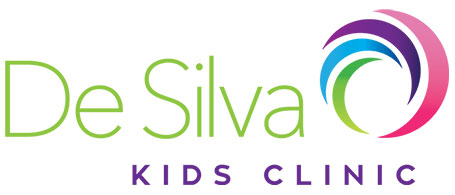Joint attention is when two people attend to each other or to the same thing. For example, when the adult talks about an object or item (e.g. ‘apple’) and the child engage and looks at the item.
Why is joint attention important?
Joint attention is important to sustain attention, engage in social interactions and develop language skills. In typically developing children, by the age of 3 years, children are able to gain and maintain joint attention from adults and peers. Joint attention is an important social skill that allows children to engage and see another person’s point of view. Children with autism may experience difficulty with joint attention.
How you can help improve joint attention:
– Make sure your child is attending to you before speaking to them. Cue them by calling their name and position yourself so you are face to face prior to talking to them. You can also gently tap their shoulders to cue them. Make sure you are at eye level rather than standing and talking to them while they are on the floor.
– Reduce external distractions such as turning off the TV or moving to a quiet place.
– Create exciting opportunities for your child by changing your voice or adding gestures.
– Follow your child’s lead (e.g. allow your child to choose an activity).
– Praise your child when he/she attends to an object/item (e.g. Good job! You popped that bubble).
Activities to improve joint attention:
– Joint attention can be integrated into your everyday routine (i.e. brushing teeth, bath time, meal time).
– Reading storybooks together and discussing the pictures (e.g. setting, characters) and story.
– Cause and effect games (e.g. bubbles, pop up pirates)
– Nursery Rhymes
– Back and forth interactions (e.g. rolling a ball, singing songs etc.) and exaggerating facial expressions and comments (e.g. open your mouth wide open, rise
If your child has difficulties with joint attention, language skills and/or communication, please see a Speech Pathologist or Occupational Therapist so that she/he can be assessed and suitable therapy goals can be established
Written by Senali Alahakone, Speech Therapist at De Silva Kids Clinic


